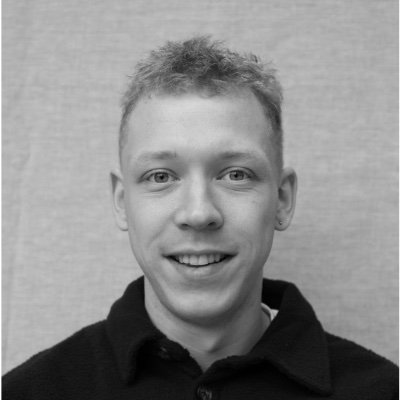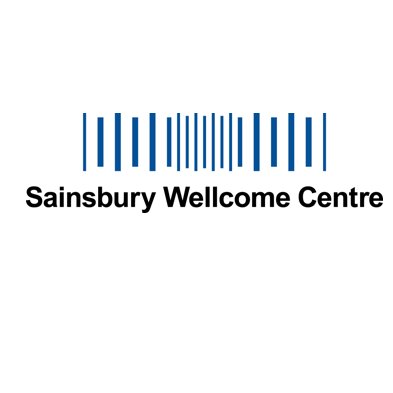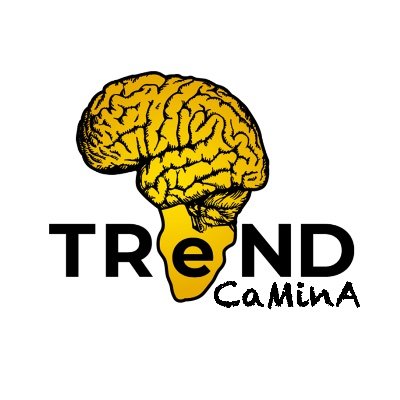
Tom George
@TomNotGeorge
Followers
848
Following
717
Media
66
Statuses
344
Neuroscience/ML PhD @UCL. NeuroAI, navigation, hippocampus
London
Joined January 2022
What are the brain’s “real” tuning curves? . Our new preprint "SIMPL: Scalable and hassle-free optimisation of neural representations from behaviour” argues that existing techniques for latent variable discovery are lacking. We suggest a much simpl-er way to do things. 1/21🧵
4
53
293
A great article from SWC on our neural data analysis technique (now accepted into ICLR). More updates to come soon. plus will be @CosyneMeeting presenting this too!.
How does the brain represent imagined locations? . Researchers at SWC, @GatsbyUCL and @UCL developed SIMPL, a method to refine neural tuning curves by correcting distortions from imagined locations—sharpening our view of place cell activity. Read more:
0
5
30
Application deadline has been extend. Two more weeks to apply. don't miss out!!.
Good news!🎉 The application deadline for TReND-CaMinA has been extended to ❗️31st January❗️.Don’t miss this chance to boost your computational neuroscience journey and become part of our community🧠✨ .Apply now: #Neuroscience #Education #ScienceForChange
0
1
3
🌍🧠💻Applications are well and truly open for the third CaMinA. African nationals studying biology, medicine, engineering, maths etc. can, and should, apply for this summer school in Zambia. Neuro and ML are changing the world and now I the time to get into them, please RT!.
🎉Happy New Year! Start 2025 by investing in your future!🚀. Just 2 weeks left to apply for our Computational Neuroscience & Machine Learning course🧠🤖.Let’s make this year one for growth & discovery. RT to spread the word!🙌.🔗 #Growth #Opportunity.
0
6
15
CaMinA is back for its 3rd year. this time we're going to beautiful Zambia🇿🇲!. I'm proud to see this course grow and bring together the smartest students across Africa with leading neuro institutes like @AllenInstitute and @SWC_Neuro. Applications open soon, please share widely!
🌍Exciting news! The 2025 TReND-CaMinA Course will be held in Lusaka, Zambia 🇿🇲 from July 7th–23rd. Dive into computational neuroscience and machine learning with us!. 📅 Applications open: December 15th.🔗More info: Stay tuned & spread the word! 🧠✨
0
4
22
RT @trend_camina: 🌍Exciting news! The 2025 TReND-CaMinA Course will be held in Lusaka, Zambia 🇿🇲 from July 7th–23rd. Dive into computationa….
0
36
0
At the risk of rambling I'll end the thread here and perhaps do a deeper dive in the future. Give it a read (or better, try it on your data) and let us know your thoughts! . 21/21.
tomge.org
An efficient technique for optimising tuning curves starting from behaviour by iteratively refitting the tuning curves and redecoding the latent variables.
3
0
9











